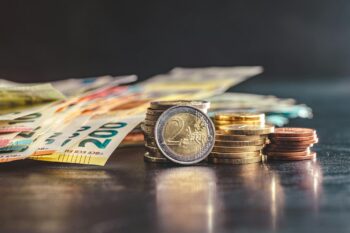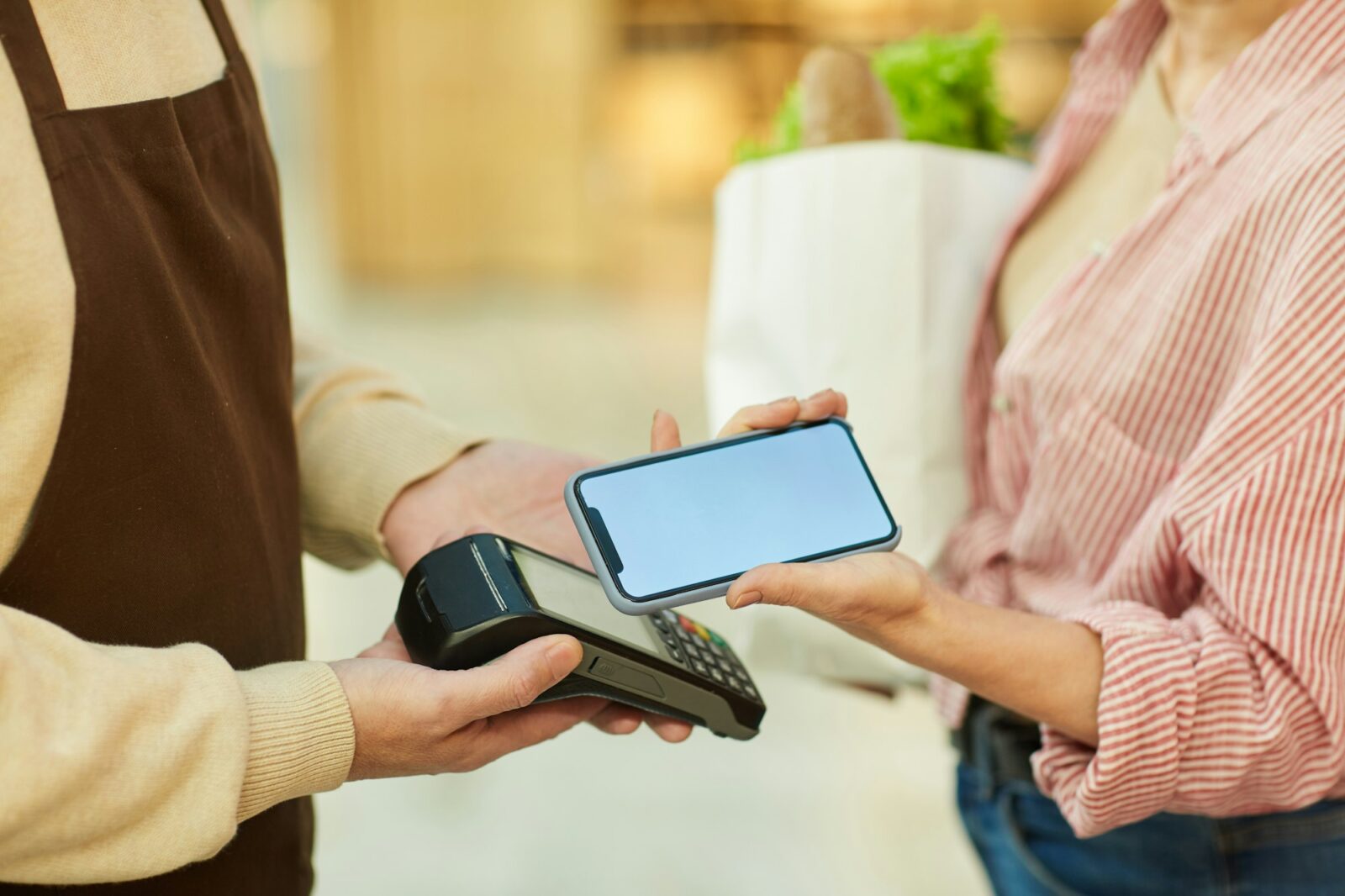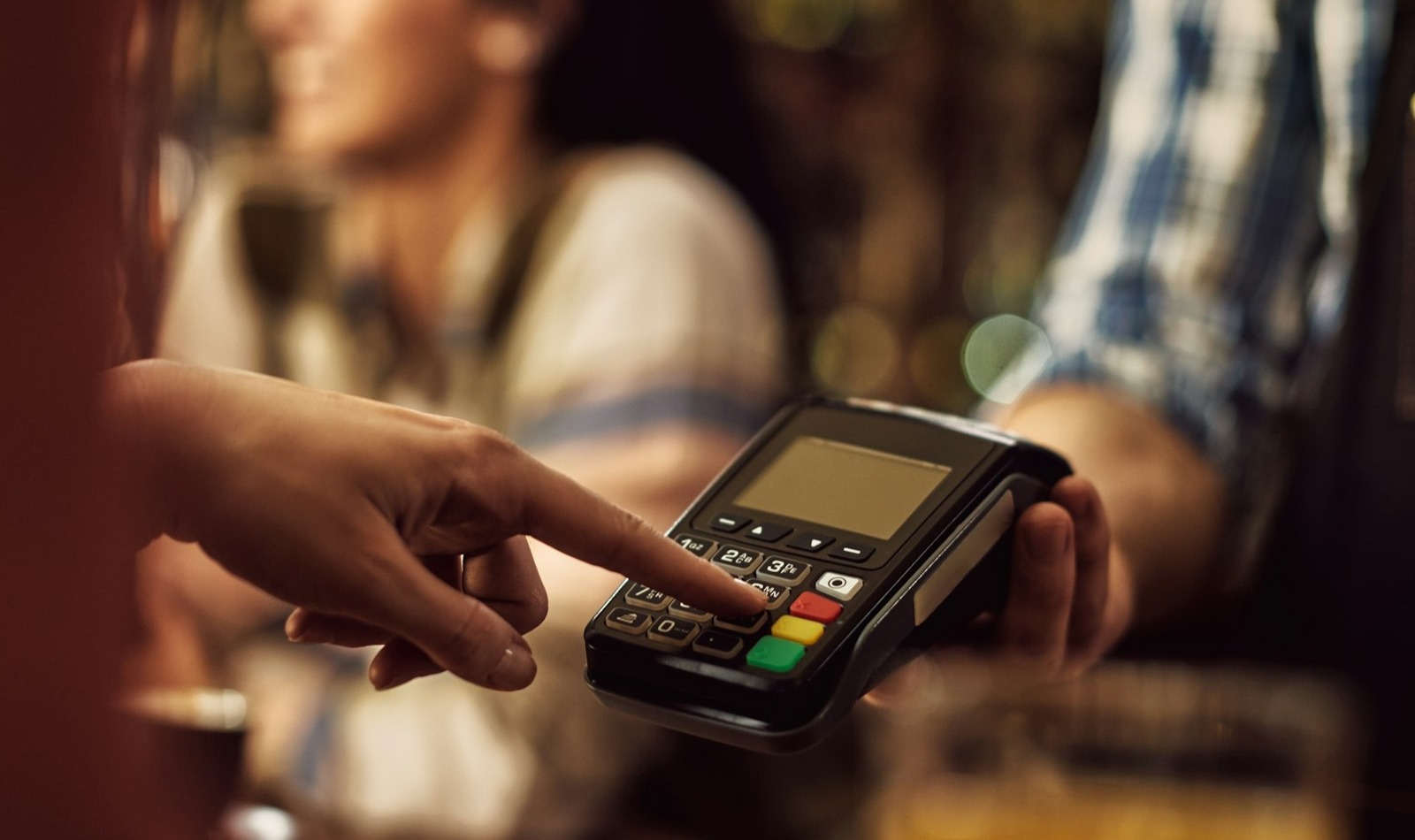Currency exchange often represents the first wall to come up against for foreign tourists, so here is a quick and informative guide to the Italian currency, the Euro, and the most common uses in Italy, without panic!
The Italian currency: the Euro
The current currency in Naples, as in the rest of Italy, is the Euro, used in the country by 2001 and distributed in the form of monete need bills. Each euro is made up of 100 cents.
There are eight metal coins with the following values:
- 1 euro,
- 2 euro,
- 1 cent,
- 2 cents,
- 5 cents,
- 10 cents,
- 20 cents
- 50 cents
There are seven paper banknotes and they are divided into:
- 5 euro,
- 10 euro,
- 20 euro,
- 50 euro,
- 100 euro,
- 200 euro,
- 500 euros (discontinued)

What are the most common payment methods
In the local and in the shops of Naples it is possible to make payments both in cash, both with the credit cards that with cash machine. In some activities Satispay is also active but today they are still few.
They can easily be used credit cards of the most popular international payment circuits (such as Visa, Mastercard, American Express) and almost all businesses display the symbols of those accepted in their windows or at the cash registers.
In most activities contactless POS are available also compatible with payment systems Google Pay ed Apple Pay. We remind you that in Italy The use of POS is mandatory by shopkeepers, who cannot refuse to receive a payment by credit or debit card.

How tips work in Italy
In Naples, and throughout the country, there is no law which regulates tipping in establishments for which they are not mandatory for the customer.
However, it is good practice to leave a small sum, which is generally around 2 euros for bar drinks, and which is calculated with the 5% or at most the 10% of the total, if you were satisfied with the service, for more expensive drinks such as lunch or dinner.
How to exchange currency and where it is convenient
Residents of EU countries that are part of the Economic and Monetary Union do not need exchange as they already use the euro. Tourists from other countries can contact exchange agencies, at banks (booking the change), or at Italian post.
Currency exchange at the bank
For the currency exchange at the bank you can proceed either physically in the branch is online. The bank applies a exchange rate, which can therefore include a Commission for the service. The exchange rate may differ slightly from the market rate and is subject to daily changes.
Most of the banks requires a reservation for the operation to be carried out, so don't show up at the bank out of the blue because they might send you home.
And now we come to the heart of the matter: is it convenient? There is often the belief that the rates applied by banks are the most advantageous, but in reality this is not entirely true. Very often withdrawing local currency from the ATM can be more convenient, but it may vary depending on your card circuit.
Withdrawal from the ATM (ATM)
There are different systems for withdrawing euros from a foreign citizen, with various levels of convenience and costs. Very often, the most convenient system is the withdrawal from the bank's ATM, but you need to pay attention to some aspects:
Positive sides:
- Convenient and fast: available 24/7 in many areas.
- costs: low international withdrawal fees (€2 to €5) and currency exchange fees (0,5% to 2%).
- Compatible cards: debit/credit cards with an international circuit (e.g. Visa, Mastercard).
Downsides:
- The cost varies a lot based on the card you withdraw from, very often it is better to get a third-party card (like a Revolut) and then withdraw from there
- There are fake ATMs that have very high fees
How to recognize fake ATMs and not get scammed
Around Europe you can often find "fake ATMs", i.e. "American" style ATMs present outside or inside shops. Be careful! Contact us solo at bank ATMs as these systems for tourists could defraud you with very high exchange commissions.
Usually these ATMs are gray and yellow to recall the colors of the post office and are available in small grocery stores in tourist areas or nearby, if not inside, of the shops of souvenir.
Also remember to always withdraw and pay in local currency to avoid further costs in unnecessary exchange commissions.
Currency exchange at the Italian Post Office
The Italian Post Office offers a more limited purchase and sale of foreign currency: Japanese Yen (up to 50.000); British pound (up to 50); US Dollar (up to 100), Swiss Franc (up to 1.000).






